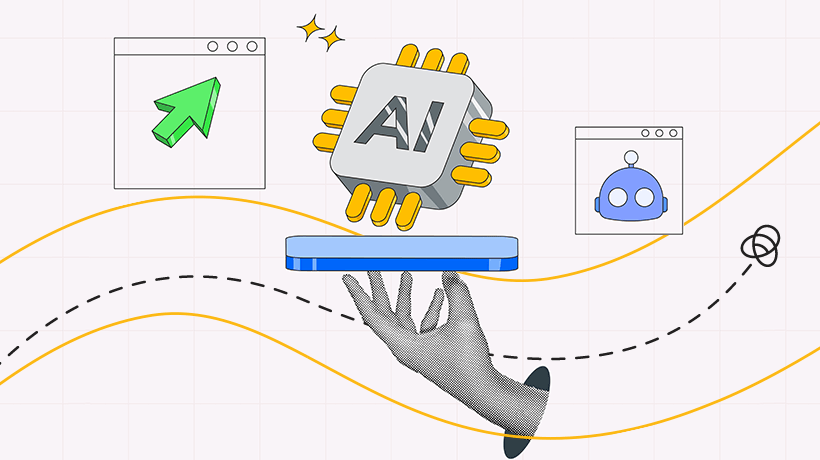Why You Need To Use eLearning To Train Your Vendors
Training your vendors on your product has traditionally been an annual or bi-annual affair at many enterprises, when vendors from across the country converge at the business headquarters to be appraised of the latest updates and developments. Such events are however becoming less common in recent times.
There are 2 reasons for this:
- Many businesses have adopted the agile method of working and, as a result, new releases and updates are launched almost every single week.
- With the rise of online retail, vendors are no longer confined to specific geographies. Flying in your vendors from across the world can be quite expensive.
eLearning and online training have become cost effective tools that can address both these issues.
eLearning Tools For Vendor Onboarding And Training
Onboarding and training are two different aspects of vendor eLearning programs and may hence require unique tools that fit the purpose. Onboarding typically requires tools that can quickly and effectively bring a new vendor up to speed with the rest of the vendor base. It is common for businesses to distribute sophisticated documents that catalog every aspect of business to their vendors. Such one-size-fits-all technique may fail to produce the desired results since vendors are only concerned about specific aspects of your business that can drive their own sales.
To begin with, sort your vendor base based on their specific retail channel and customer acquisition methodology. An online vendor, for instance, might be more interested in understanding your online presence and marketing strategies more than your retail presence. Even among online vendors, distinction needs to be made between vendors who carry your brand and those who dropship or white-label your product. Factors like price points, customer support channels, and shipping time are of interest to dropshippers while a retail store owner who meets customers in person may be more interested in understanding competitive advantage of your products and how to convince a customer. Creating separate eLearning packages for each of these different vendors is crucial to better onboarding.
The eLearning tools necessary to periodically train your vendors on product updates may be different from the learning packages you used to onboard them. Webinars are quite popular during the training process since they help bring together all vendors in one place and also enables a real-time exchange of questions and answers. Other alternatives like demo videos and online workshops are equally popular and effective depending on your specific training needs.
Using eLearning To Train Vendors
According to a survey published by Birch Worldwide, educating and training vendors was one of the key challenges faced by business leaders. Picking the right eLearning tool is only the first step in successfully training your vendors. Execution can make or break your training strategy.
One of the key factors that determine successful execution is building a learning package that not only aligns with what you want from your vendors, but also what they want from you. It is a good idea to generate a list of OKRs (Objectives and Key Results) from the eLearning process. You may, for instance, want your dropshippers to deploy a customer support channel that has the same values and responsiveness as your in-house team. The OKRs in this case, would involve testing your vendors on their takeaway from your eLearning course and also interviewing them to understand their strategy to achieve these OKRs. An interview process can also help discover topics that your vendors want to learn, but something that has not been covered in your existing eLearning materials.
Making eLearning A Continuous Process
While onboarding may be one-time, vendor training needs to be a continuous process. The eLearning process begins with identifying the various categories of vendors, understanding their unique learning needs, and building a differentiated training package that addresses their specific questions and concerns. In addition to this, an evaluation and feedback mechanism (with the help of interviews) would help businesses identify gaps in the learning process that can be looped back into the course development process.








